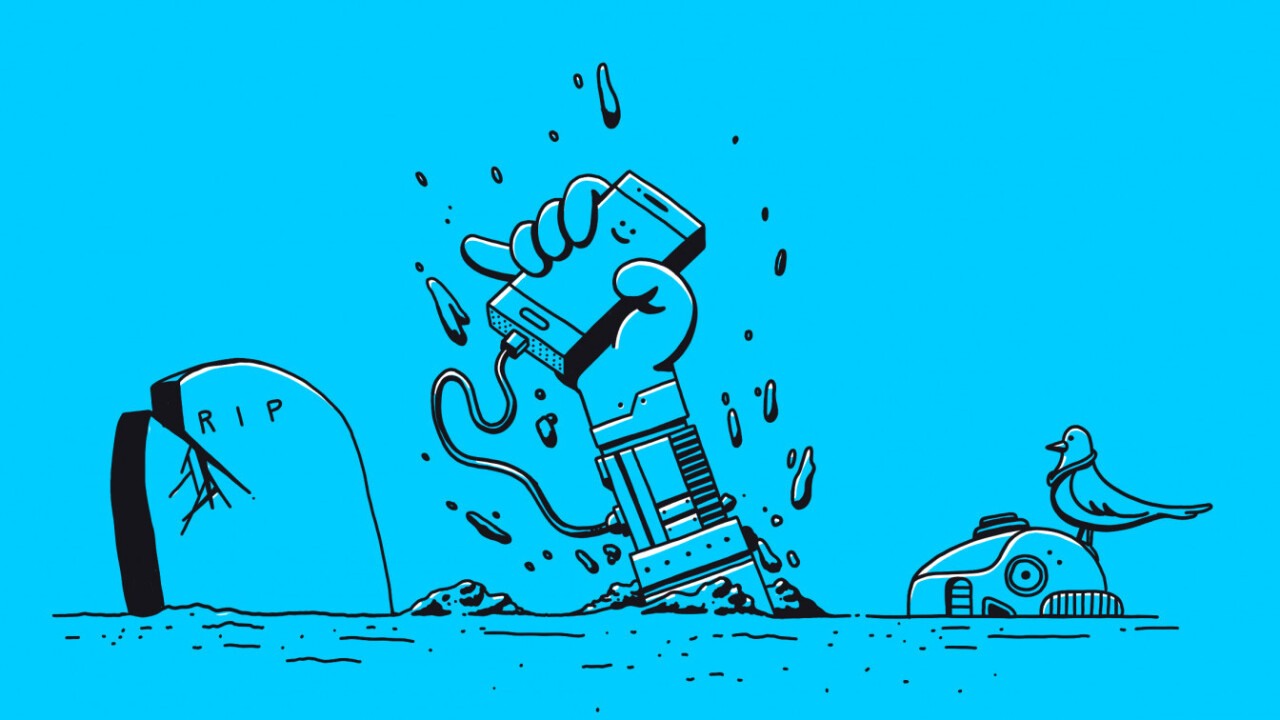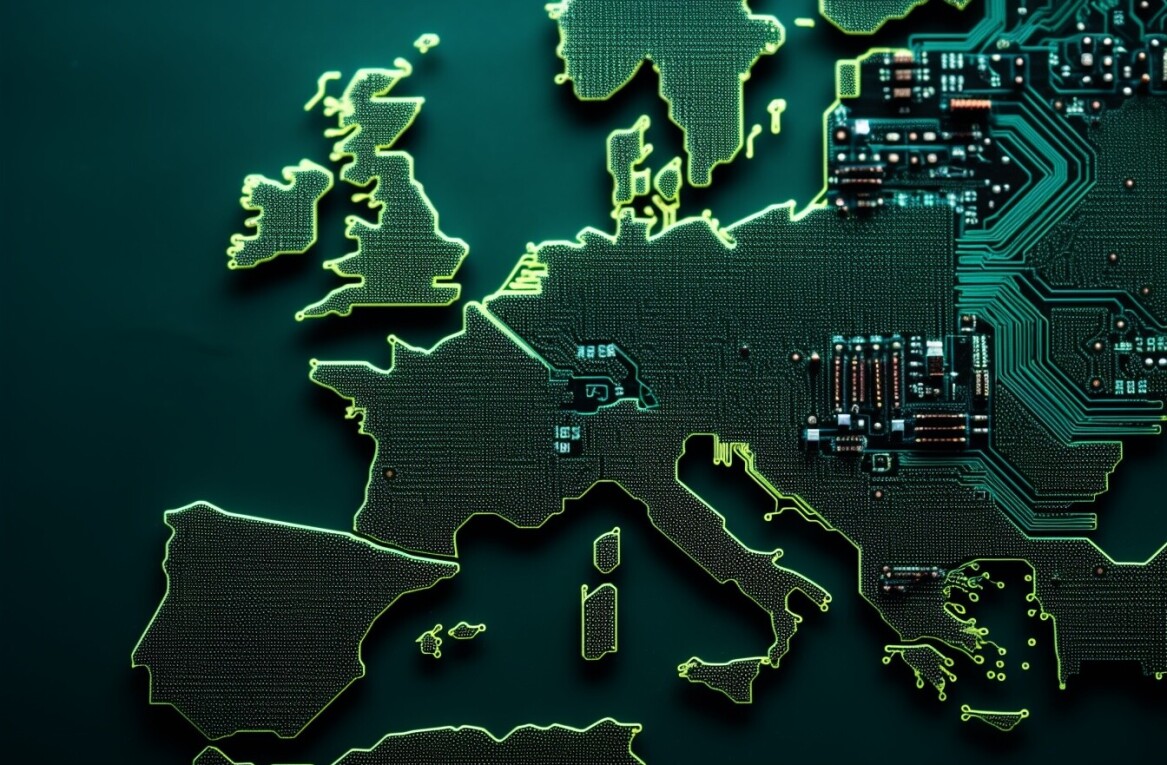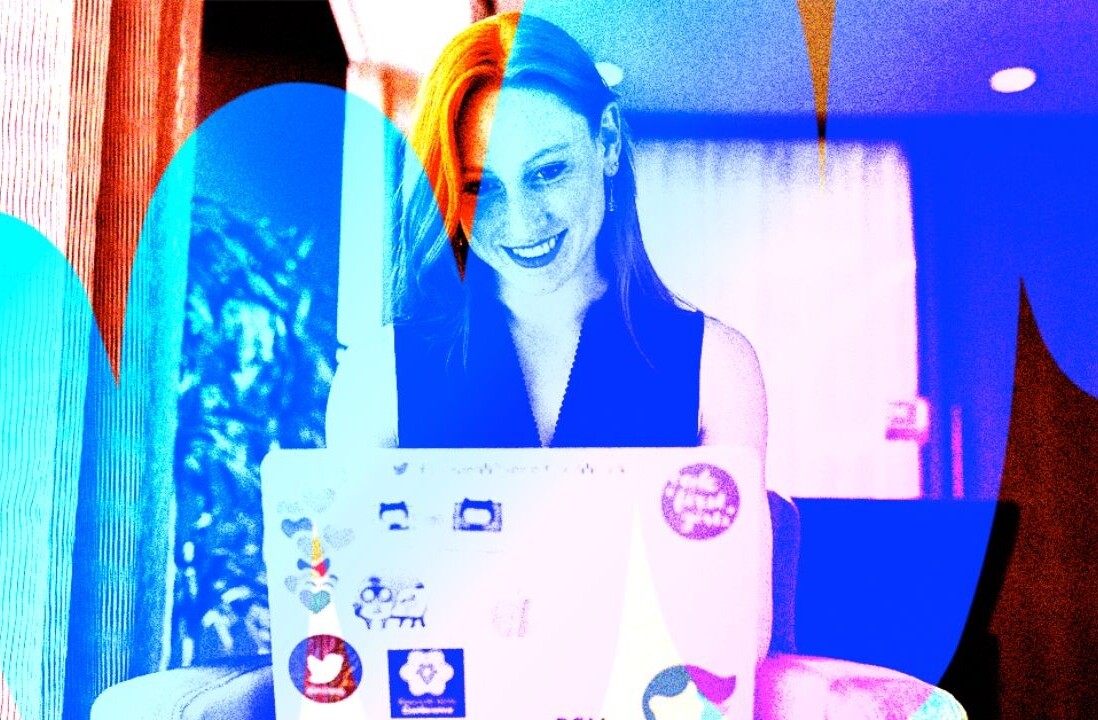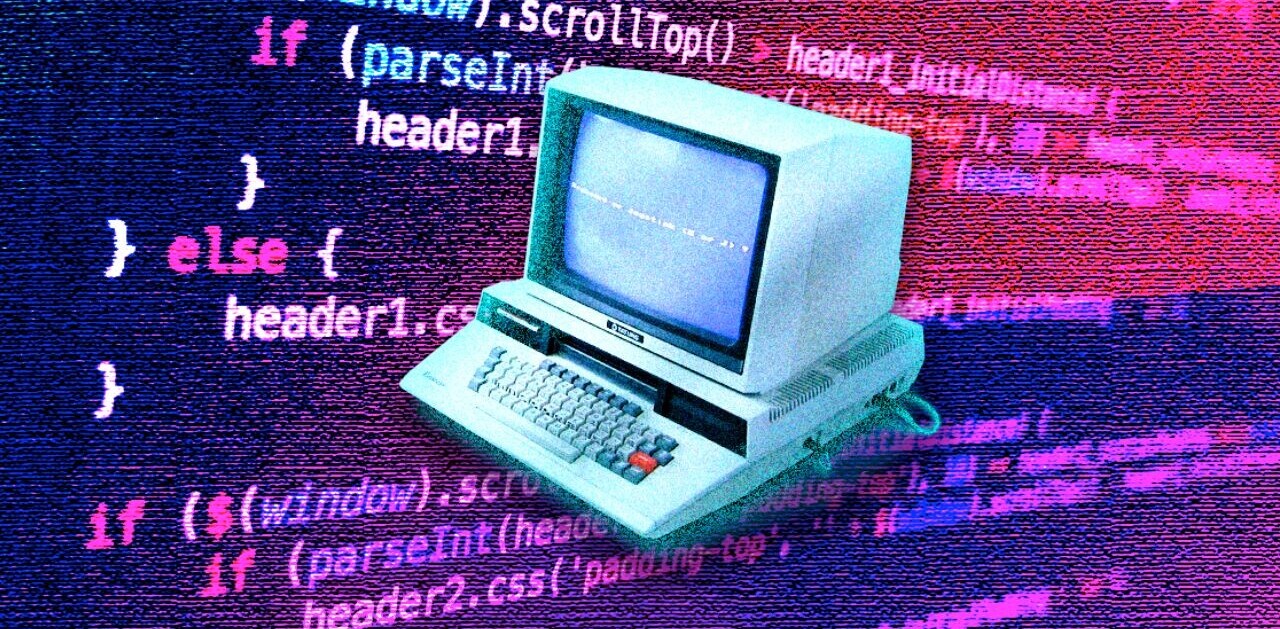
Every year, we at uxdesign.cc look back at what designers have been writing, sharing, and thinking about when it comes to User Experience.
2017 has been a quite transformative year for UX Design as a discipline. We have seen the rise and popularity of new technologies that will change the way we think about user experiences, the tools we use to design them, and the processes we use to get there — and we believe these new paradigms will set the stage for design in years to come.
Here are nine questions to ask ourselves in the new year.
#1: Is UX dead?
Articles about “the fall of UX” can make designers anxious about their careers. But if you have been working in this industry for long enough, you have probably seen this happen before. From “webmaster”, to “information architect”, to “interaction designer”, to “UX designer”, we have always been able to adapt what we do and call ourselves – while maintaining our mission of creating meaningful experiences for people.
2018 will be the year where designers will, not without struggle, learn to be more strategic about the features, screens, and experiences they design. It’s about time we accept the fact we are not artists, nor on a pedestal, and embrace being part of a business.
#2: How can we incorporate real-time experiences into our products?
Real-time social media experiences are changing people’s expectations around how long it should take for products and services to deliver on their needs. Users expect the same level of immediacy from the product or service you are working on right now.
This transformation is not as simple as adding new features to your product roadmap. Endless product backlogs and feature requests that never go live can hurt your brand and frustrate your audience. Businesses need to drastically change to deliver value for users earlier, faster, and more clearly.
In 2018, we have to step back and look at the full ecosystem that brands and users share, to define how the business can still be relevant in a world ruled and disrupted by immediacy. As a designer, how will you incorporate that thinking into the product you are working on right now?
#3: As designers, are we doing enough to promote diversity?
Short answer: no.
The global debate on cultural acceptance, diversity, and inclusion that took over the media in 2017 has raised the topic inside design firms as well. And a few of them have started to act.
Forward-thinking companies have started to take more tangible action toward more inclusive teams, processes and methodologies: Airbnb launched a toolkit for designing inclusive experiences; Microsoft announced a framework for Inclusiveness in Design; and there are tons of bottom-up initiatives emerging from the community itself, such as Dreamer Stories which showcases beautiful portraits of young Americans recipients of DACA.
Food for thought: what if your next side project was less focused on design gradients and more on taking action towards an inclusive design industry?
#4: How can we improve the stories we tell with our products?
Browsing a well-crafted interface is like reading a great story, whether they are designing a landing page, a product page, a signup form, or a chatbot conversation. As a designer, how can you incorporate more sophisticated storytelling techniques into the experiences you create? At the end of the day, what is your design really trying to say?
#5: How can we redesign our workspace and workflow?
Designers are increasingly encouraged by companies to design not only the product but their process and the work environment around them. Design is a process that can be applied to anything, including our work environment. Why are you still complaining about bad meetings, instead of redesigning them?
In 2018, let’s design our process before designing our products.
#6: What tools do we really need to collaborate?
It has never been so easy and accessible to create prototypes. But it’s never been so critical to find better ways of collaborating beyond them.
In 2017 we saw a shift from an extreme focus and interest in prototyping tools to a new set of tools that consider the design process more holistically: real-time collaboration, version control, and knowledge transfer are just some examples.
If you are looking for a side project in 2018, what about exploring new ways to improve collaboration, knowledge sharing, and communication within your team?
#7: What’s happening to branding in the era of invisible interfaces?
As we move into a world of fragmented, less visible interfaces, branding means a lot more than how a brand looks or what it says in mass media. Non-pixel-based experiences are pushing designers to rethink a brand’s personality, actions, and signifiers.
As designers of experiences, we are frequently looking at the brand’s ecosystem holistically, to ensure its customers can frictionlessly transition from one channel to another. Whether you are accessing the brand’s website, downloading their app, watching a TV commercial or merely reading a story in the news, all these moments are adding up to the experience you have with a brand.
#8: How can we help build a better design community?
As companies become more interested in the design process and approach and boot camps certify thousands of new designers every year, the number of articles, videos, podcasts, and content related to UX grew significantly.
How do we balance the energy spent creating the content vs. the value it adds to the community? Are we spending all this energy to genuinely give back to the community, or are doing it for the claps, likes, and the visibility that it brings?
#9: Why AI?
Every new disruptive technology follows the same pattern: designers fall into the trap of focusing on the how to only then ask about the why. With AI it isn’t any different. Our entire industry is rushing to launch the world’s first AI-powered [insert industry here], not always with a proper use case for it. As soon as we decide on a technology over user needs, we fail to be user-centered.
What if this time around we leapfrogged to thinking about “why” we are creating these AI-powered services and what it really means for our users?
A report to challenge ourselves in the coming year
These are just some of the topics we’re covering on our end of year report. 2017 has been a year where we had to forget the old ways of doing design. A year to leave habits behind. A year we had to be humble enough to learn things that were foreign (and scary) to us, but that will only make us stronger and more prepared to design experiences in 2018.
Get the TNW newsletter
Get the most important tech news in your inbox each week.




